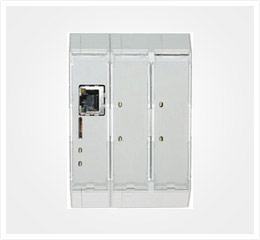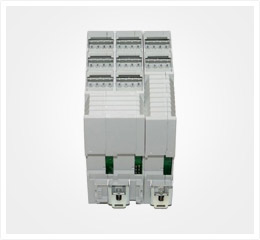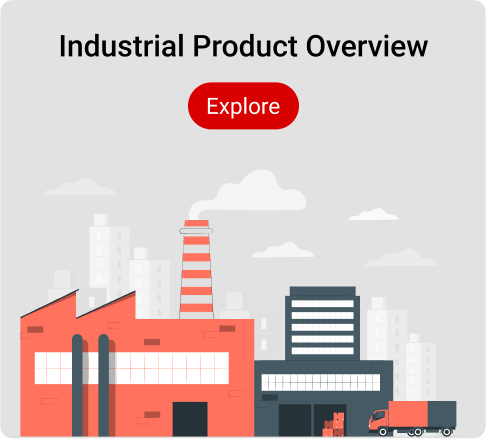Viber M8

Advanced simultaneous measuring!
M8 system - the new platform for Online monitoring. The platform allows you to take measurements even when your machines’ condition varies, this make the
monitoring much more reliable compared to simpler multiplexing systems.
Outstanding performance; 8 - 80 channels vibration, 8 - 80 temperature points and 4 – 40 digital I/O can be measured simultaneously with all the advantages and opportunities it creates.

- Easy to set up
- Easy to use
- Easy to expand
- Easy to understand
- Easy to afford
 The M8 system consists of one communication module and up to ten Measurement Modules. Communication between modules is via EtherCAT, a fieldbus based on Ethernet. The theoretical raw speed of the fieldbus is 100 Mbit/s.
The M8 system consists of one communication module and up to ten Measurement Modules. Communication between modules is via EtherCAT, a fieldbus based on Ethernet. The theoretical raw speed of the fieldbus is 100 Mbit/s.
We offer communication with all field buses, Ethernet, RS-485 and RS-232. The system is also available with Wi-Fi wireless communication. All modules are designed for DIN rail mounting and push together and connect easily by side contacts.
Communication Module, CM
 The Communication module is based on an ARM Cortex- A8 from Texas Instruments, AM3358 running Linux at 720 MHz. The memory is 128 Mbyte of DDR2 and 256 MByte of flash memory. There is a slot for a Micro SDHC card accessible from the front panel. Max capacity 32GB. The communication module is powered by a 24V DC supply. The graphical user interface is a web server located in the module.
The Communication module is based on an ARM Cortex- A8 from Texas Instruments, AM3358 running Linux at 720 MHz. The memory is 128 Mbyte of DDR2 and 256 MByte of flash memory. There is a slot for a Micro SDHC card accessible from the front panel. Max capacity 32GB. The communication module is powered by a 24V DC supply. The graphical user interface is a web server located in the module.
Measurement module
The measurement module consist of two boards, each with four inputs for vibration sensors, two inputs for tachometers and four inputs for temperature sensors. Each board is based on an ARM Cortex-M4 from ST Microelectronics, STM32F407 running at 164 MHz and 2 Mbyte of external RAM. The processor has 192 kbyte internal RAM and 1 Mbyte internal flash memory. The standard firmware offers measurements RPM, vibration, bearing condition, temperature, voltage, spectra and time signals. All can be saved and analysed by the standard or additional software.
Field upgrade of software and firmware
As the communication module is a computer with a web server it’s easy to upgrade the software using the web browser over the Ethernet connection. Firmware on the I/O modules can be upgraded in the same way.
Flexibility
The communication module is based on a computer running an operating system that a large part of the Internet is built upon it’s easy to create systems using email or SMS for notifications to the user. It’s also possible to create specialised software application for different needs. The I/O modules are based on powerful processors with plenty of memory. This could be taken advantage of to build specialised modules for needs in low volume.
Future proof
All components used are state of the art and industry standard. All communication protocols are also industrystandard. These two facts combined make it reasonable to assume a long and reliable life for the M8 system. We will develop this platform further to ensure that customers have a smart product without limit for the future!
Performance
All channels are sampled simultaneously without multiplexing. All measurements have a time stamp so they can be correlated to each other. The simultaneous measurement makes a lot of vibration techniques possible with the system, like phase monitoring and trending of measurements at the same condition, which is necessary for reliable and comparable values for analysis or trending.
- Measuring units are acceleration, velocity and displacement for the vibration sensor inputs.
- Autoranging ~1:100.
- Dynamic range 80 dB.
- Maximum input voltage +/-5V (50G with a standard accelerometer).
- Measuring frequency is 1 - 6400 Hz.
- Spectrum resolution 1 Hz, max 6400 lines.
- Accuracy +/- 5% when not integrating/derivating.
- Integration error 1 Hz +/-0,5 dB, 2000 Hz -0,5 dB, 3000 Hz -1dB







